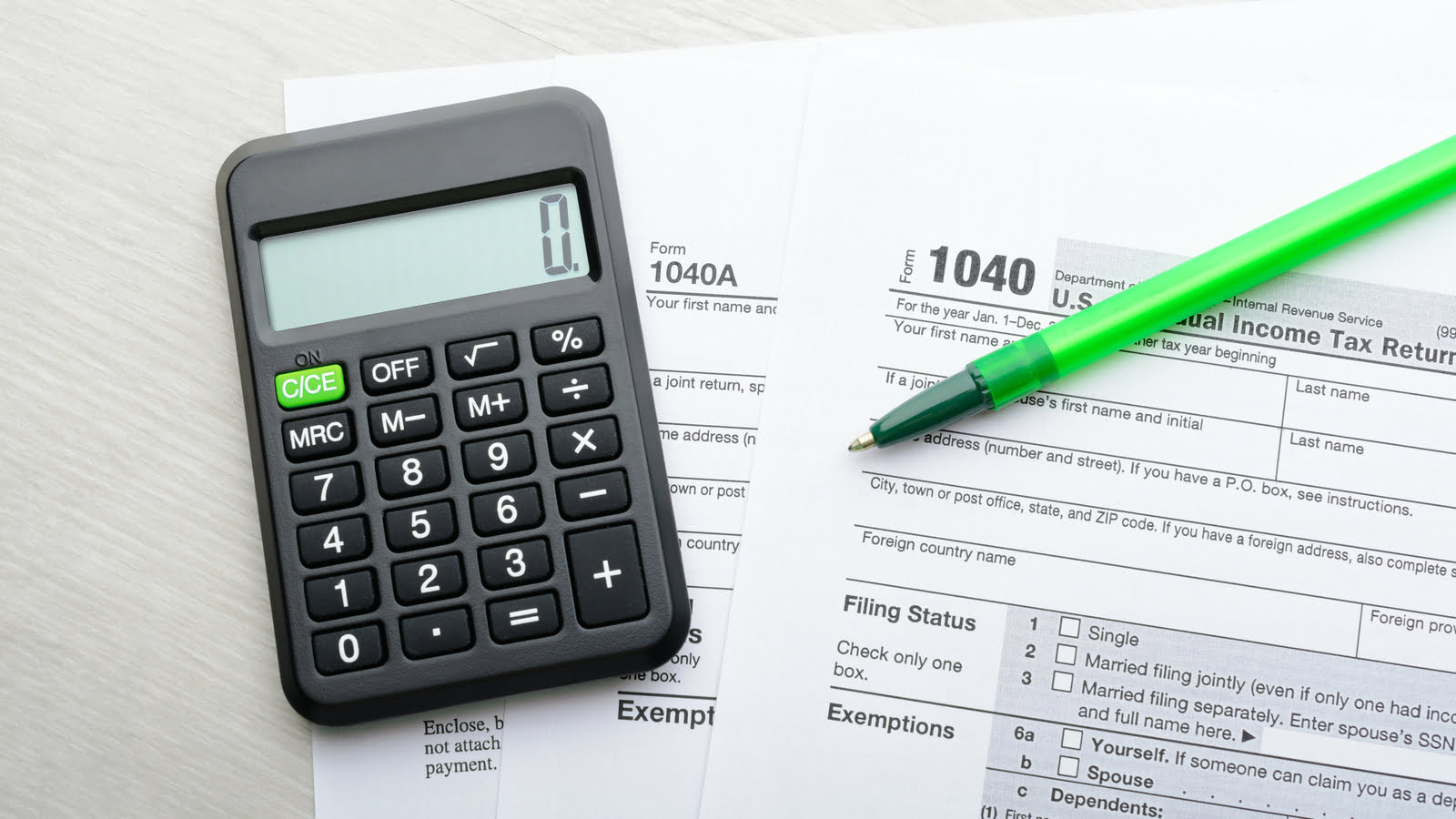If you’re an individual or a business owner, the $2 trillion stimulus package probably benefits you.
The Coronavirus Aid, Relief, and Economic Security (CARES) Act includes many tax and financial breaks for both individuals and businesses. We broke down many of the essential elements and how they can assist you and your business during this troubling time.
Recovery Rebate Credits
The most talked-about provision is the “recovery rebates” for individuals. These rebates are actually credits allowed on taxpayers’ 2020 tax returns that will be paid out in advance by the Treasury.
Each eligible individual will receive $1,200 ($2,400 for married couples filing jointly) plus an additional $500 for each qualifying child. These rebates are intended for low- to middle-income individuals, so they are phased out for higher income people. For unmarried individuals, the credit begins to phase out at an adjusted gross income (AGI) of $75,000 and is fully eliminated at $98,990. For those filing as head of household, the phase-out range is $112,500 to $136,490, and for married couples filing jointly, it's $150,000 to $197,990.
The Treasury will determine who will receive a check and the amount they are entitled to based on the individual’s 2019 tax return. If a 2019 return hasn’t been filed at the time of the rebate payment, the Treasury will use their 2018 tax return. For those who have not filed either a 2018 or 2019 return, the Treasury will provide a payment to individuals that received 2019 Social Security or Railroad Retirement benefits.
Where an advance rebate is more or less than allowed because an individual’s filing status or family size is different in 2020 or the credit is subject to phase-out based on 2020 income, the adjustment is made on the 2020 tax return. Individuals may be entitled to an additional credit or possibly have to pay back a portion of the payment they received. This means that individuals who otherwise wouldn’t have a 2020 return filing requirement based on their income will likely have to file to reconcile their advance rebate with their actual credit.
The rebates will not be paid to individuals who are claimed as a dependent of another on a prior year return.
Additional key provisions
The CARES Act is over 500 pages long, covering tax provisions, economic stimulus, business loans, healthcare and more. Below is an overview of the key issues relating to individuals and small businesses.
Individuals
- Penalty-free retirement withdrawals: Penalty-free withdrawals from qualified retirement plans including 401(k)s, TSAs, SEPs and traditional IRAs are allowed. The withdrawals are limited to $100,000 and the income is taxable over a three-year period with an option to also recontribute the withdrawal over a three-year period.
- RMD waiver: There is a one-year waiver for the 2020 required minimum distribution (RMD) from qualified plans and traditional IRAs for taxpayers that turned 70 and a half years old in a year before 2020 and those that turn 72 in 2020. This prevents them from having to take a distribution when the stock market is in a decline.
- Charitable contributions: A suspension of charitable contribution limits applies for 2020. Generally, for cash gifts, tax-deductible charitable contributions are limited to 60% of AGI. The suspension of the limitation will allow taxpayers to make larger charitable contributions during this trying time. Also included is an above-the-line charitable deduction limited to $300 of cash donations for those that don’t itemize their deductions.
- Student loan payments: Employees can exclude from income payments (up to $5,250) made before Jan. 1, 2021 by their employers toward their student loans.
Businesses
- Payroll deposits delayed: In order to provide businesses with more financial resources to weather this epidemic, employers can delay payroll tax deposits for 2020 with 50% not due until Dec. 31, 2021, and the balance due by Dec. 31, 2022.
- Employee Retention Credit: In order to help businesses retain employees and keep them employed during this crisis, Congress has provided a refundable Employee Retention Credit equal to 50% of qualified wages. This credit can be used to offset quarterly employment taxes. The qualified wages under this provision are limited to $10,000 per employee in 2020.
- NOL carry-back reinstated: Under the 2018 tax reform legislation (Tax Cuts and Jobs Act), a business net operating loss (NOL) was no longer allowed to be carried back to a prior year, had to be carried forward to the next tax year, and the carry-forward loss deduction was limited to 80% of the carry-forward year’s taxable income. Under the CARES Act, carry-back of losses incurred in 2018 through 2020 has been reinstated and the 80% of taxable income limitation repealed. This is designed so businesses with financial problems can file for tax refunds from the carry-back years when they were profitable and had paid income taxes.
- Limitation on losses: The legislation retroactively turns off the excess active business and farming loss limitation rules implemented as part of tax reform to apply after Dec. 31, 2020 instead of after Dec. 31, 2017.
- Prior year AMT credit for corporations: Allows corporations to claim 100% of AMT credits in 2019 as fully-refundable and provides an election to accelerate claims to 2018, with eligibility for accelerated refunds.
- Limitation on business interest: Generally allows businesses to elect to increase the interest limitation from 30% of adjusted taxable income to 50% for 2019 and 2020 and allows businesses to elect to use 2019 adjusted taxable income in calculating their 2020 limitation.
- Loan guarantees and subsidies: Includes over $300 billion for Small Business Administration (SBA) loan guarantees and subsidies and additional funding for SBA resources.
The bottom line
A $2.9 trillion stimulus package called the CARES Act recently passed — and it could help you through the COVID-19 financial crisis whether you’re a business owner or an individual.
Individuals can make penalty-free retirement withdrawals and business owners can earn tax credits for keeping their employees on payroll, just to name a few benefits.
With a ton of new tax credits and loans available, it’s important to know how this will affect your business’ tax situation. Have a question about it? Contact DiMercurio Advisors for free today.







